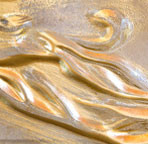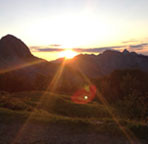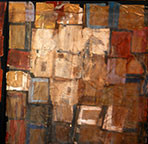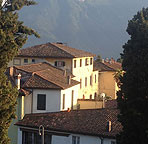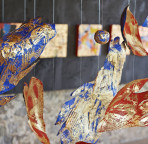Whether one speaks of God’s role in the work of creation, or of the part of humans in furthering it, artistic creativity is distinct from all that is natural and spontaneous. Art enhances nature. This applies to everything that calls for effort and is conducive to the “refinement” of both the work itself and its creator. Order, the organization of means and methods, is presupposed. Human genius is required to think, foresee, invent, and make decisions on the appropriate use of materials and tools. The spontaneous comes from nature but art is born of humans given freedom by God the creator of all to arrange nature’s resources in new patterns. In artistic creation there is always embodied the element of choice, of novelty, of the unexpected, and consequently of the wonderful and surprising. Like everything else in humans, subject as they are to sin, this creative capacity can be used for good or evil, to free them from passion or to hold them captive to it. Yet because artistic creativity always implies a certain ordering of means and composition of material, the artist’s activity universally bestows on nature of higher value, a supplementary beauty. This holds not only for the work but for the artist as well. God endows the artist with a wonderful capacity to make his or her own life a work of art, as the artist’s nature is refined through asceticism and by developing the gifts bestowed by God.
( . . . )
The work represented by the production of manuscripts clearly exemplifies the spiritual and humbly practical character of all cultural activities. We are accustomed to admiring the perfection of the calligraphy and the beautiful embellishment of books produced in monasteries. We are less accustomed to thinking of this art form in terms of hard work and all that is involved in the organization of a scriptorium, as well as in submission and suffering on the part of the scribes. Yet only in a life where prayer and asceticism had reconciled otium with labor could the kind of collaboration upon which medieval monastic scriptoria depended have been possible.
—Jean Leclerq, O.S.B. “Otium Monasticism as a Context for Artistic Creativity,” in Monasticism and the Arts, Edited by Timothy Gregory Verdon
Dom Jean Leclercq, a Benedictine monk, scholar, and author, describes the unique union, found in monastic life, of the human need for work with the need for leisure. Called in classical Latin, otium, Dom Jean describes this element of monastic culture as “repose of the spirit.” This repose or quietness, forged upon the transcendence, or denial, of self, which is the monk’s work, made possible the production of the works of art which we associate with the monasteries of past centuries and, as a basic component of the cloistered life, persists in those environments today. This complex reality, Dom Jean maintains, requires a balance of forces to preserve its vitality. “Without leisure and asceticism, there can be no interior freedom; without reading and prayer there is nothing of the dynamism of the creator,” he concludes. “But the subtle blending of all these components results in peace and joy with, as the overflow, a very real beauty. For beauty has first to exist in our spirit and in our convictions before it can be born in works of art.”
As we work away to hone our craft, our “laborious leisure,” as Dom Jean calls it, we may both serve the work and find ourselves refined.
Comments welcome.

